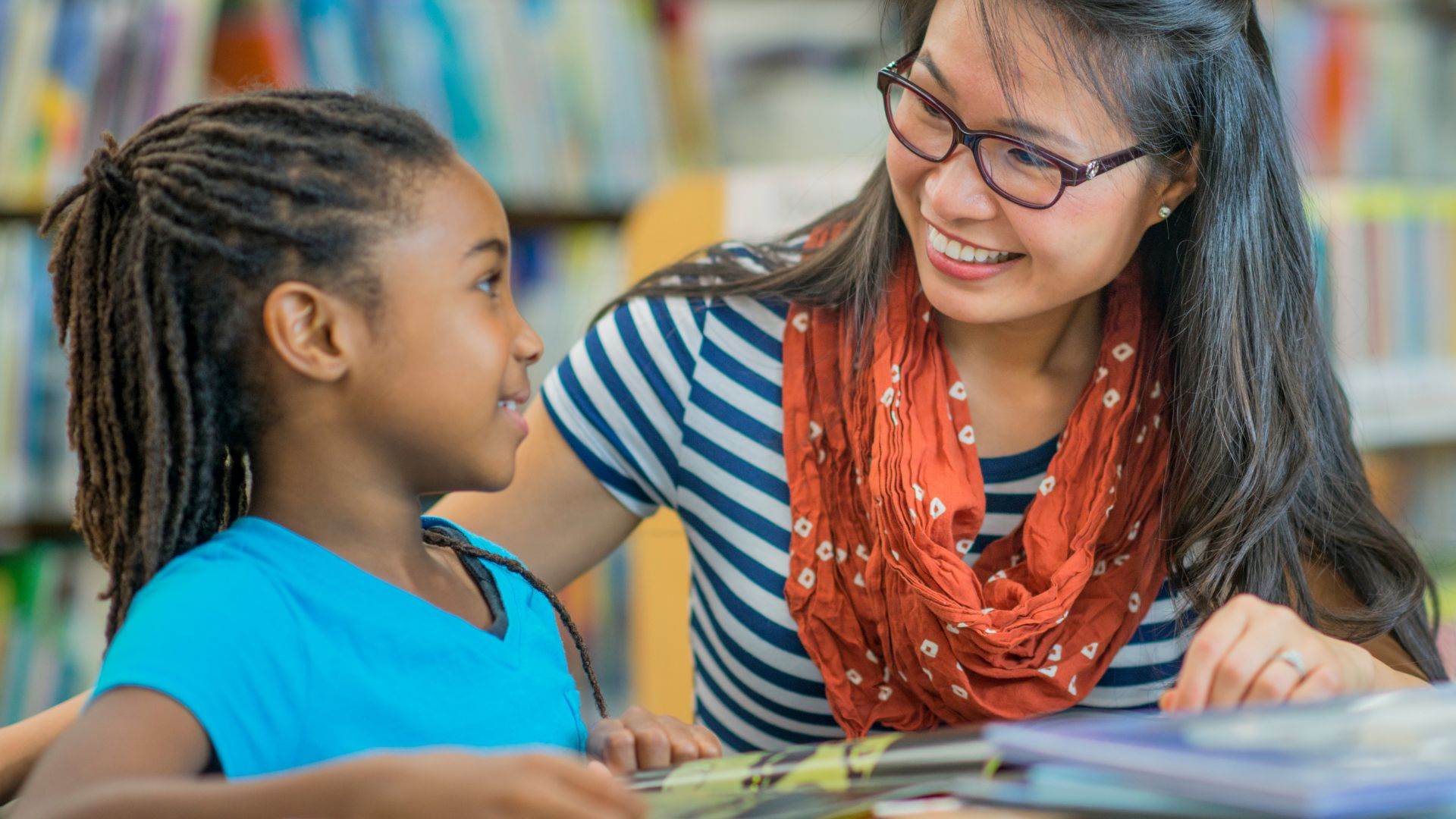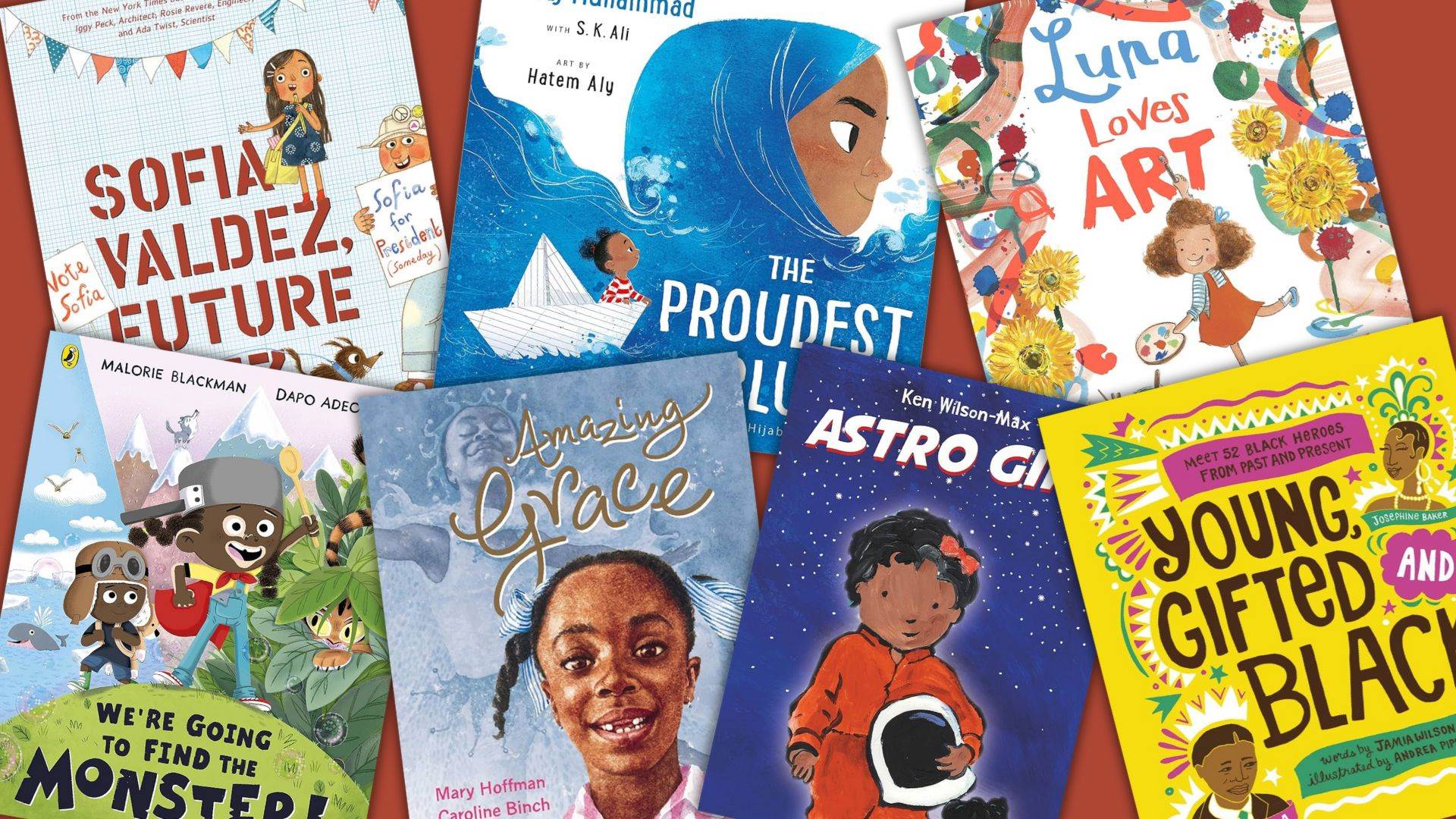The benefits of including diverse children’s books in a classroom
Published on: 06 March 2024
Catherine O’Leary, Kalsoom Akhtar and Dr. Beth Marley, Assistant Professors at The University of Birmingham, share the results of expanding the range of children’s books available to their student teachers.

"Representation is one of a series of important mechanisms that can motivate children to read."
"Diverse, inclusive, and representative children’s literature can ensure young readers see themselves, different lives and cultures, and the world around them in the stories they read. Representation is at the heart of BookTrust’s work in schools and our co-creation work to design new approaches to getting children reading. It informs how we select and review books, which are a key element of the support we provide to practitioners and families from the earliest moments in children’s reading journeys. Find out more in our summary report: Representation in Children's Literature (pdf)."
- Arwenna Davis, Head of Research & Impact at BookTrust
At our university, all initial education primary student teachers are invited to join a Global Majority group, a space created for fostering belonging and creating allyship. In the Summer term of 2022, the group drew our attention to the limited availability of children's literature featuring characters from Black, Asian and Minority Ethnic (BAME) backgrounds currently available in the primary schools they were based in. They also felt that stories should be about children’s everyday lives rather than having the themes of social issues or trauma. This highlighted a gap that we wanted to help address, supporting our student teachers’ practice and promoting awareness of the importance of representation. We knew that such books existed, so, following a successful grant application, we were able to purchase 250 high quality children’s books which featured a main character of colour, reflecting the day-to-day lives of young children.
How a diverse library benefits pupils
The student teachers had the opportunity to browse and choose books that they wanted to read to their classes. End of year reflections suggested a strong shift in the student teachers’ knowledge and understanding of children’s literature containing a main character of colour as well as authors and illustrators from BAME backgrounds. The students commented on how reading these representative books stimulated children’s engagement and their relatability to the characters and stories.

One student teacher said, "It was probably one of the most beneficial things I could have done at the start of the placement", attributing the reading as "one of the reasons why I have such a positive relationship with the kids now". There were wonderfully inclusive conversations between student teachers and their classes, for example around different food or hairstyles featured in the texts. One student teacher used the book they were reading to the class to challenge ideas about Rastafarians and discuss different types of hair. Children were observed picking up the books independently, choosing to read for pleasure, after the book had been read aloud to them. The impact that the books had on some children in particular was apparent when they bought their own copy to read at home during the half term holiday.
Although the tips below are shaped by our work with student teachers, they can also apply to any individuals in school or library settings.
Top tips:
-
Where do you start? Draw on the expertise of librarians and other experts who have identified lists of suitable titles. For example, BookTrust has curated lists of recommended titles for different categories. Using these, you could streamline your list of recommended titles using a clearly defined criteria which matches the interests of your children. We visited a specialist book shop who helped us source our range of high quality, representative picture books about children’s everyday lives.
-
Illustrations are important! The Centre for Literacy in Primary Education (2019) notes how important it is to consider how well drawn, lovingly crafted and memorable the characters in the book are. The curated lists mentioned above will help with your choices here, as books on the lists are likely to have been quality assured by experts. You can then use your own sensitive judgement in what is appropriate for your children. This is where we relied on our brilliant, local bookshop staff and our own experiences as teachers, educators and parents.
-
How do you entice your reader? Think about how you will lay out the books available to attract your pupils and enable them to choose appropriate texts. Dynamic shelving is a display technique intended to make a book collection more accessible and browsable. We sorted our 250 books into EYFS, KS1 and KS2 in an informal space for our teaching students where they had the opportunity to read through, talk about and select books they liked the look of. This same approach could be used when encouraging pupils to browse and select books.
-
Groundwork for Book Talk. No one is expected to be able to answer every primary child’s questions, but getting to know your children and their families will help when you are preparing to read your books. You could do some of your own research, particularly if the picture books you are sharing represent a culture or country you are less familiar with. Our student teachers found that they were most confident talking about books with children when they could relate the themes to their own experiences or they had taken time to research those themes elsewhere.
Shared reading is a wonderful experience. Our student teachers found that using carefully chosen, representative books of children’s everyday lives was a great way to bond with their classes and celebrate individuals.
Topics: Primary, Features, BookTrust Represents





